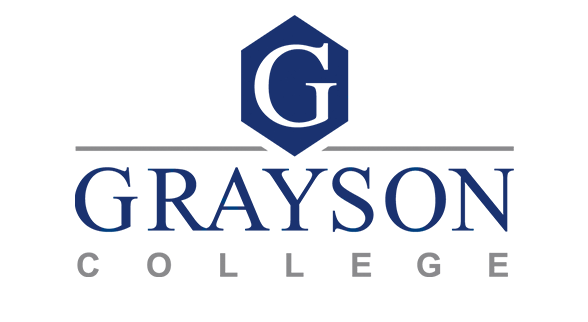Scholarship Writing Tips
Applications
Make the most of your scholarship application by following these helpful tips:
- Tell your story- be true to who you are and don’t be afraid to share your challenges and accomplishments
- Focus on the question asked
- Keep the purpose of the scholarship in mind (academic/need-based/talent)
- The details matter- provide numbers and supporting evidence when possible
- Start work early- it takes a lot of time to refine your application, so don’t wait until the last minute
- Do not submit an incomplete application- that’s like going to class half-dressed
- Make sure your application is neat and easy to read
- Don’t forget to proofread
- Use multiple editors
- Save a copy of your application
- Practice makes perfect
Resumes
Many scholarships require you to submit a resume (sometimes called a vita or list of student activities). Consider these tips when compiling your document:
- Know what is needed (academic vs. business resume)
- Know the purpose (what specifically do you need to highlight)
Design
While there is no one correct format, here are some best practices to help you stand apart from the rest:
- Create a personal brand
- Add some color, appropriately
- Follow industry trends
- Columns
- Sidebars
- Infographics
- Avoid basic fonts like Times New Roman or Arial (but don’t go crazy)
- Include a cover letter that highlights your strengths for the specific scholarship
Content
Content is more important the design, so here are some suggestions:
- Omit the objective- it’s antiquated and unnecessary
- Be specific- give examples that support your work
- Don’t overly share personal information
- Be well-rounded
- Keep it updated
- Carefully edit the document
- Keep a master document
- Adjust your resume to the scholarship/position
- Use a word cloud to determine the most used words in the scholarship announcement and make sure your resume includes those important words
- Use a professional email address
- Be honest
Digital vs. Printed
- If you’re submitting your application packet digitally, you can use more color-rich graphics and designs. Be sure you save your work as a PDF to maintain formatting.
- When submitting a printed version, go for a quality paper, so the quality of the printed document reflects your work
Letters of Recommendation
If your scholarship asks for a recommendation letter, consider this:
- Start building relationships now- you need people in your corner who can speak to your strengths and accomplishments
- Be strategic about who you ask- the title is not the most important thing; find someone who really knows you
- Ask in person (and follow up with an email)
- Give plenty of time- typically 4-6 weeks is appropriate. There may always be exceptions.
- Check-in with them, kindly- follow up to see if the person writing your recommendation needs additional information
- Send a thank you note- hand-written thank you notes are such a nice gesture
